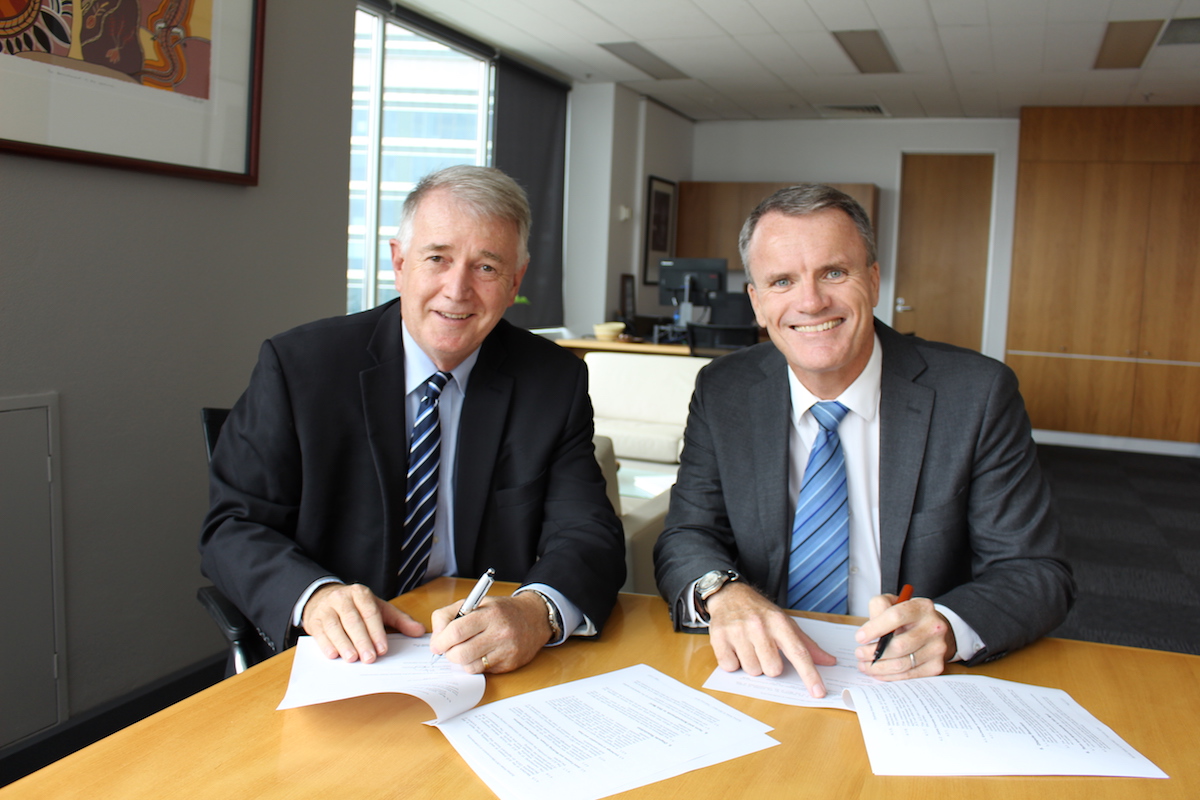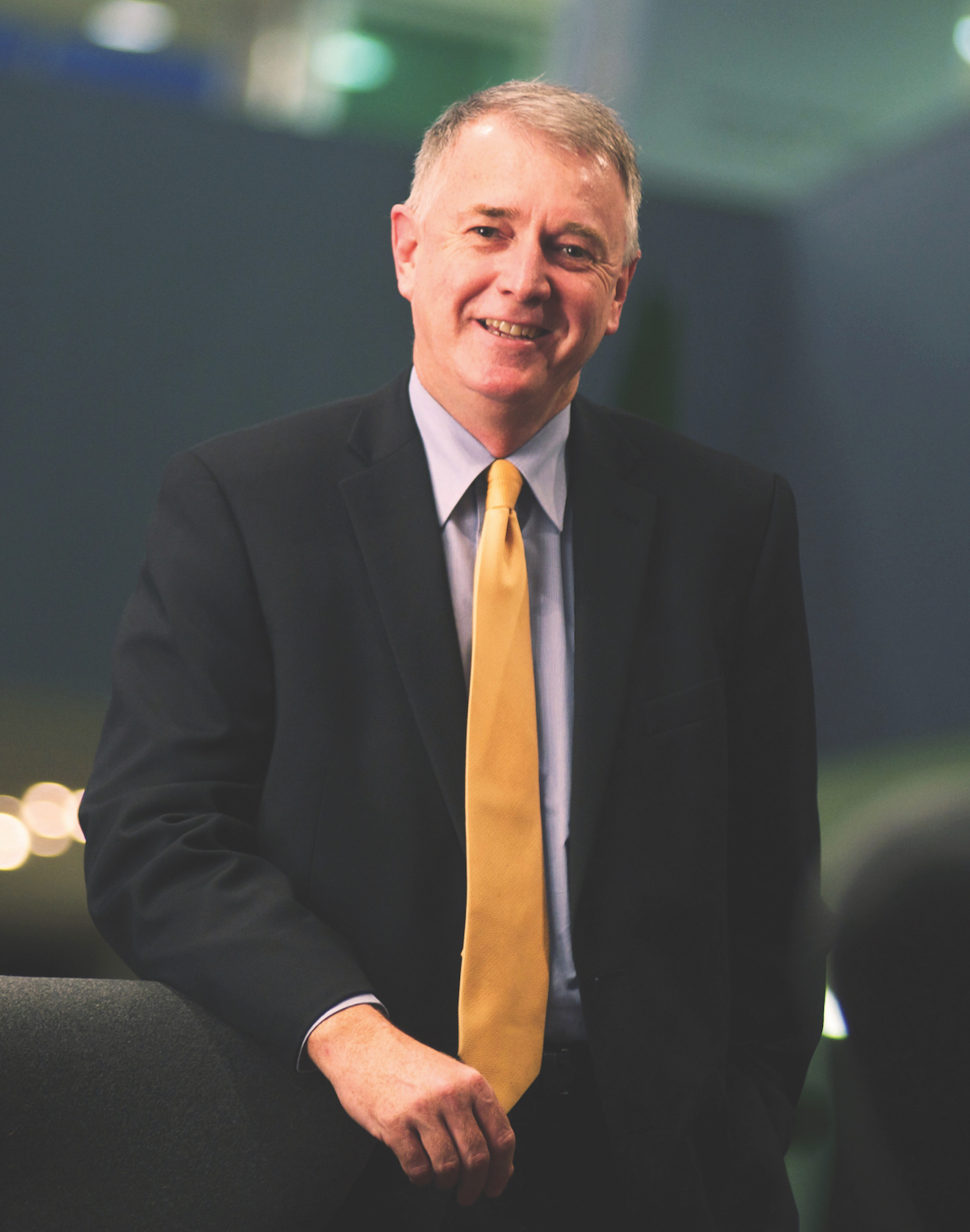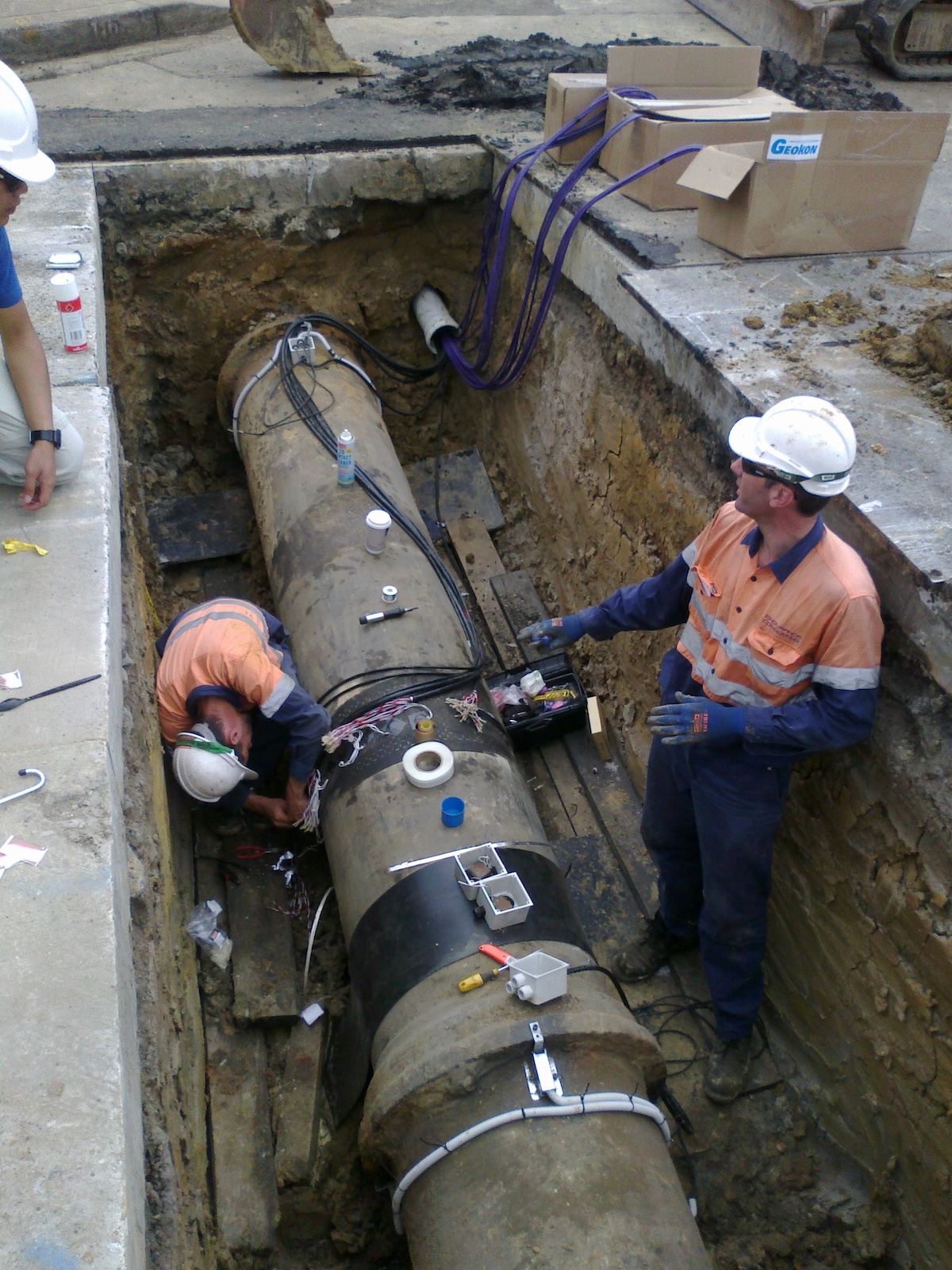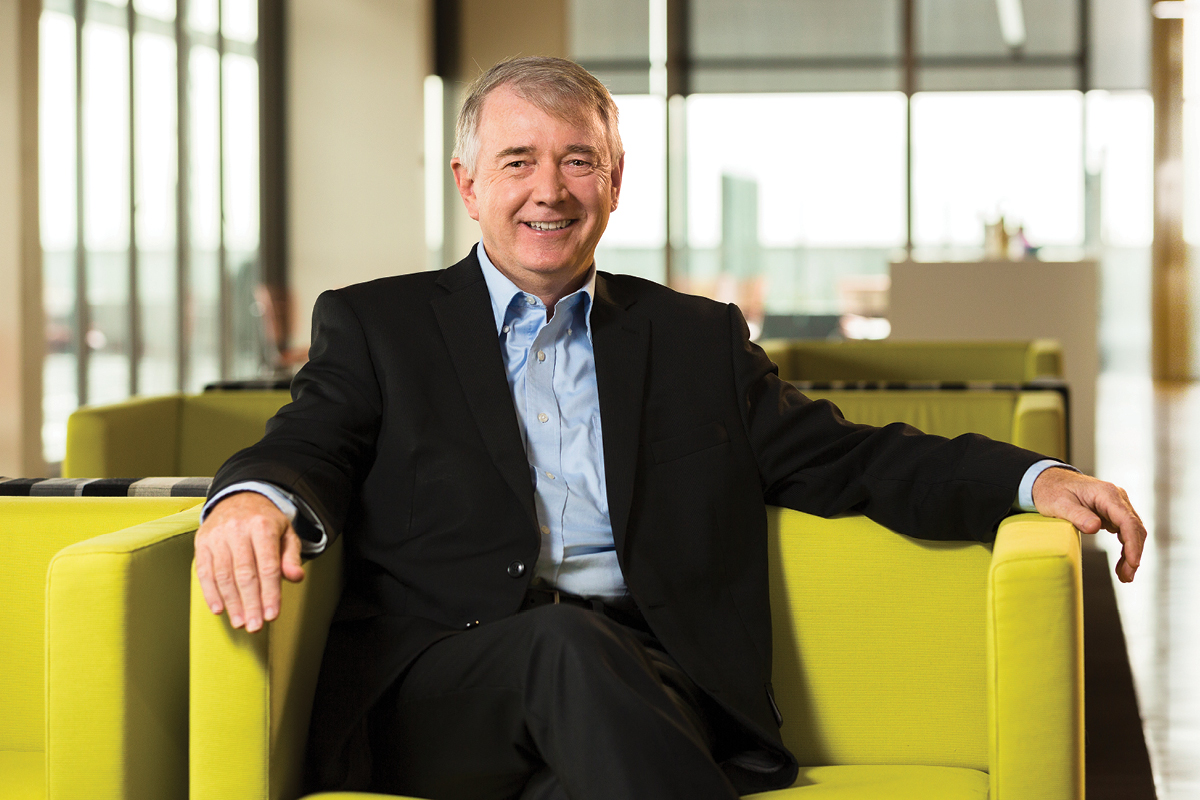Kevin Young has a clear memory from the start of his career with Sydney Water: “On my first day, the communications team came up to my office, pressed ‘Record’ on a camcorder, and said, ‘What do you stand for?’ I replied with 3 things. First, our safety performance must dramatically improve – we injure far too many people. Second, every part of our business must meet and beat the market. Third, customer service is an attitude, not a division.”
6 years later, he’s facing a tidal wave of change, one that is positioning Sydney Water front row in a new world where utilities have a critical role in creating tomorrow’s liveable cities. The CEO Magazine meets Kevin to learn more.
The CEO Magazine: You’ve been managing director of Sydney Water since 2011. How has your role evolved since you came on board?
Kevin: Sydney Water had just embarked on a new price path with a commitment to save over $173 million on operation costs and around $500 million in capital project costs when I joined.
The early years were about getting match fit, which we have done. We drove enormous savings, and this led to the recently announced current price path, as set by IPART, where we have lowered water bills to customers by a typical $100 per year. That’s a saving of $400 per family over a 4 year period.
The early years were about getting match fit.
That was a great start. But the focus now is on transforming the business. We are undertaking a once-in-a-generation investment in technology and implementing an operating model that is all about the customer and the future.
In addition, we are looking to Sydney Water’s role in 2040, which will be more about creating liveable cities. Our role is not to be the master plumber of cities but the master planner, and that is creating a lot of excitement in the business.
Can you elaborate further on what the change from master plumber to master planner involves?
When I graduated as a civil engineer from the University of Newcastle in 1978, the water industry was all about the assets. As far as I could tell, engineers ruled the industry and most of the work was done with an in-house workforce. Sydney Water back then had over 20,000 employees.

Today, we have 2,400, and over 84 cents in every dollar that we spend is outside of the business. That percentage is always increasing. We now partner more and more with the private sector, and as a water utility we have been going up the customer value chain. Since graduating, I’ve seen so much change and disruption. We started with a focus on constructing assets, and then on operating and maintaining assets, and then on economics and whole-of-life costs.
Fast-forward to today and the water industry is transforming yet again, and the rate of change is dramatic. This time, however, the change is to keep up with technology, to meet the growing expectations of our customers, and to be a key driver in the liveability of our cities. To achieve this, Sydney Water has to be a master planner.
Sydney’s population is forecast to reach 9.9 million people by 2036. What role does Sydney Water have to play in preparing the city for this?
There’s a critical opportunity, and imperative, to embed water management with urban planning and design – to recognise and support the way water underpins our increasingly urbanised environment and how it looks, feels and functions. The Greater Sydney Commission is doing great work here, and we’re extremely keen to support them.
There are several big issues for water management across Sydney’s future cities. In the face of growth and climatic variability and change, we must ensure security and reliability of water supplies– not just the volume of water required by a population of around 10 million people but also water that remains affordable, safe and of suitable quality to meet new and different uses.
The safe and reliable collection, transportation and treatment of wastewater and storm water to protect public health, the environment and property is another crucial issue
we’re looking at.
Water has a key role to play in making Sydney more liveable and attractive.
The engineering of waterway channels and the changed hydrology that comes with the thousands of new homes, industries, roads and newly built environments brings increased pressures on our waterways and riparian zones, so conservation – ensuring we don’t destroy the benefits achieved to date from past investments – is also essential.
Water has a key role to play in making Sydney more liveable and attractive, and is also a fundamental contributor and enabler of Sydney’s future economic productivity, prosperity and social equity.
Over the next 12 to 18 months, what will be your areas of focus?
We’ve made a commitment that we’ll always provide a rock-solid operating performance.
We won’t compromise on water quality or our key customer operating licence commitments covering sewer overflows, water outages or water pressure.
Building on this platform is our new billing system and our transformation with a new customer-centric operating model, where we will focus on implementing a new customer operations hub, a customer centre of excellence, a multifunction business centre, and driving better value from our supply chain. The rate of change in the business is significant, and that has led to a focus on priorities.
Where do you see the water industry heading in the future?
I’m always reminded of Sam Goldwyn from MGM who was once asked to talk about the future of the film industry and he famously said: “It’s difficult to make predictions, especially about the future!” But I did step into that space when I was asked to speak about this at the Ozwater 2017 National Water Conference, held in Sydney in May.

Water utilities will be dramatically different. They will head up the value chain to be master planners, linking integrated water planning with urban planning and transport planning.
Retail competition, wholesale water competition, and waste-to-energy competition will be everywhere. Water will be more expensive, and technology updates will mean optimisation of integrated water networks is possible. Computers will tell humans what to do rather than the other way around.
We will have mass connectivity between the organisation, customers, community, and assets. We will find it difficult to name that small box on our desk that used to be called a computer because everything is a computer with a chip. Water will be charged like telecommunications – think of plans, prepaid, different charging for water in the house, and
more expensive for external garden watering and pool filling.
We will get a lot more out of our existing assets with great technology improvements in design and home appliances. The introduction of time-of-use tariffs and improved water storage in homes and businesses will reduce water-demand peaks even further.
Sydney Water customers are currently using around the same amount of water now as they did back in the 70s, despite more than one million additional people living here. We will have a national regulator for master planning cities, including water, and we will have national guidelines for competition.
Can you tell us about some of the achievements you are proudest of in the role?
The success of the business is measured by several metrics. Customers rate us on their experience dealing with Sydney Water and our reputation, and I’m pleased to note these are at all-time highs. Our culture score, as rated by staff, improved significantly at last retest, and we can see a real change in the business.
Our productivity improvement has been outstanding, leading to the reduction in our customers’ water bills. It has been built around change and areas of our business agreeing to ‘meeting and beating the market’. My disappointment is in the safety area; we have improved, but we still injure too many people and this has to change.
Keep Wipes out of Pipes
Sydney Water’s ‘Keep Wipes out of Pipes’ initiative has become an international phenomenon, and Kevin acknowledges that the trophy cabinet is starting to be weighed down under the awards the company has received for it.

“Our teams in the field were noticing an increase in the maintenance requirements of our pumping stations in our wastewater network, a major contributor being wet wipes blocking the system.
“So our Corporate Public Affairs team, with basically zero budget and no outside PR support, created the ‘Keep Wipes out of Pipes’ initiative, with the aim of educating our customers about the problems that flushing wet wipes cause to our wastewater system,” Kevin explains.
“The campaign really took off when we changed the focus away from Sydney Water and looked at the problems that flushing wet wipes caused to the private sewer pipes on our customers’ properties and the ensuing public bills. Today, over 300 organisations from 23 countries are supporting a position statement to ‘Keep Wipes out of Pipes’, and customer sentiment surveys that we’ve undertaken show a 50% reduction in people who think it’s now okay to flush wipes,” he concludes.


This is a CEO who can see the potential in the seed before having seen the tree. How amazing is that. He can clearly paint a vivid picture of future. Therefore can turn that vision into a vivid picture that others can see. Also he feels that in his heart, a passion that creates so much enthusiasm that any team will want to jump on board.
Should be nominated for Outstanding CEO’s list.